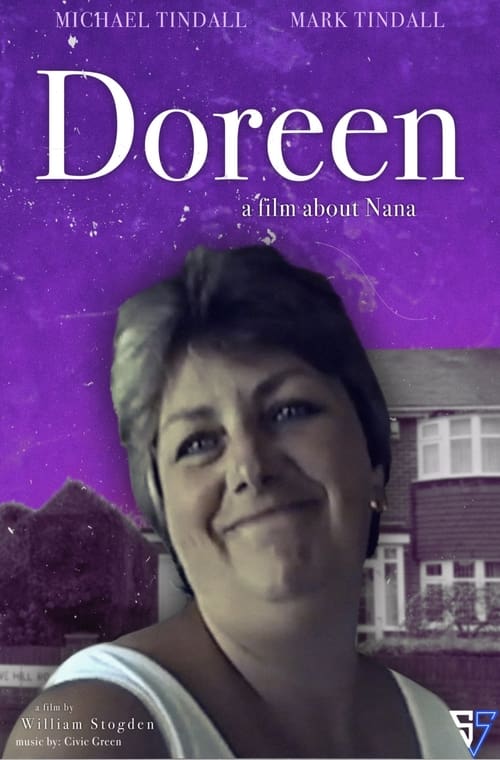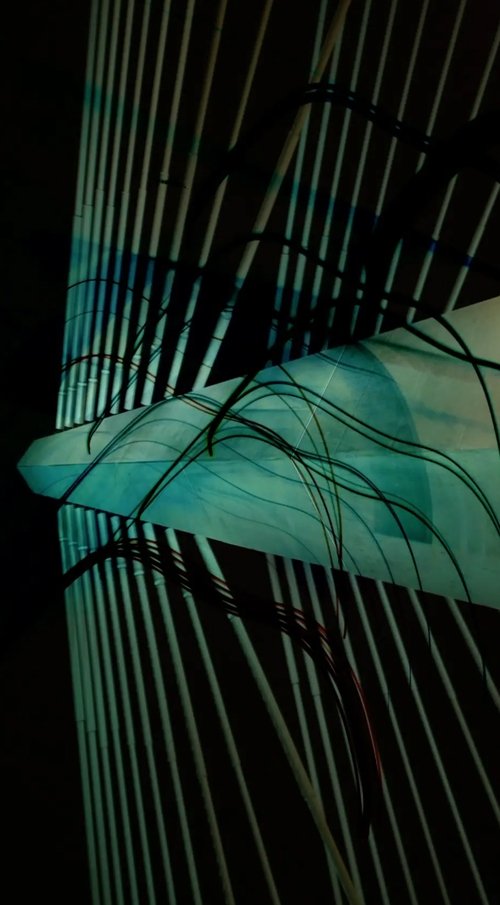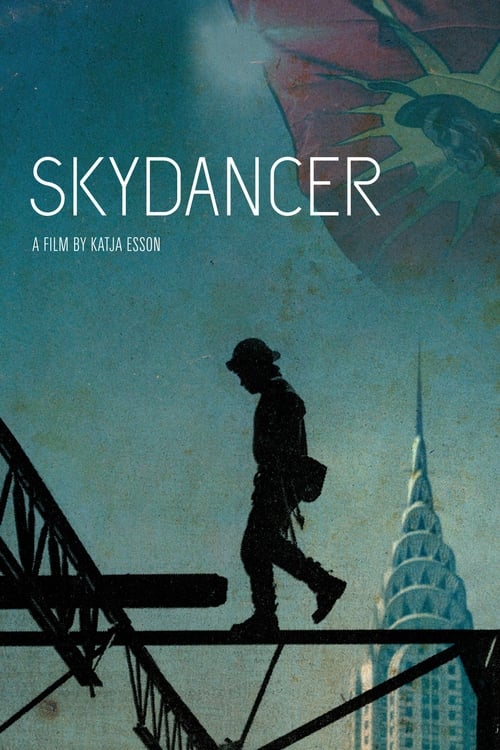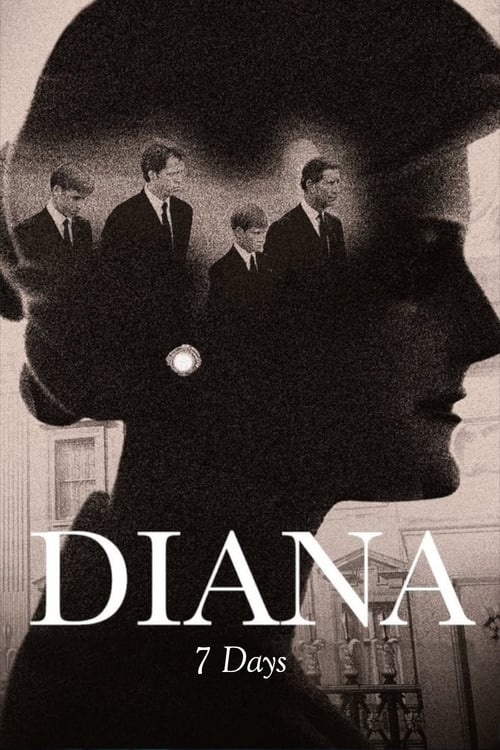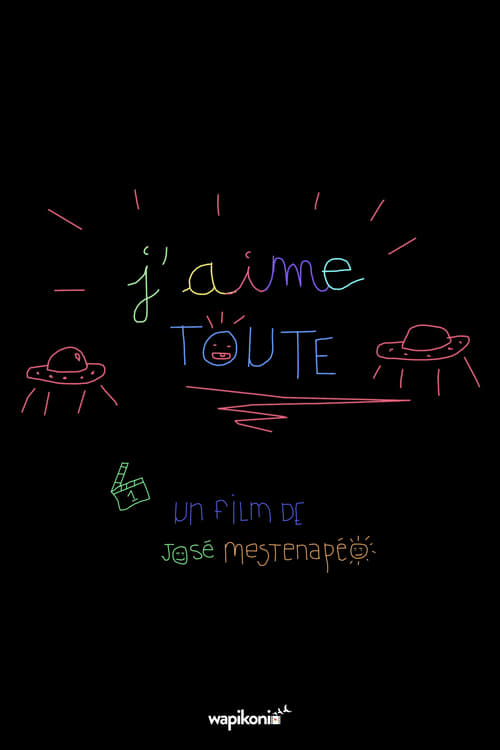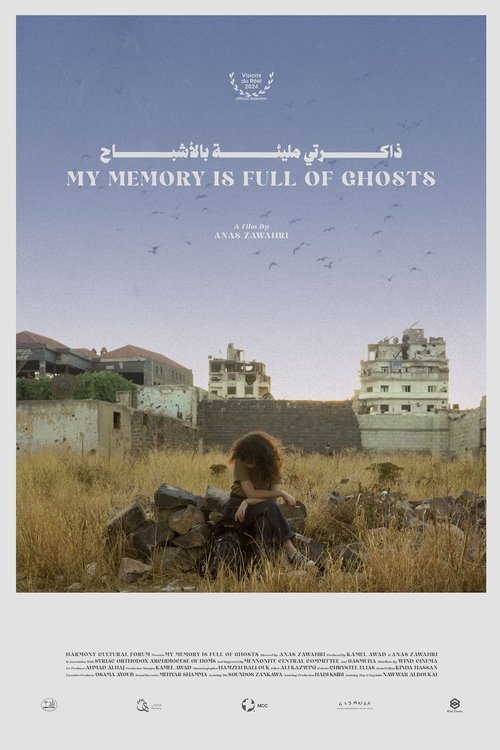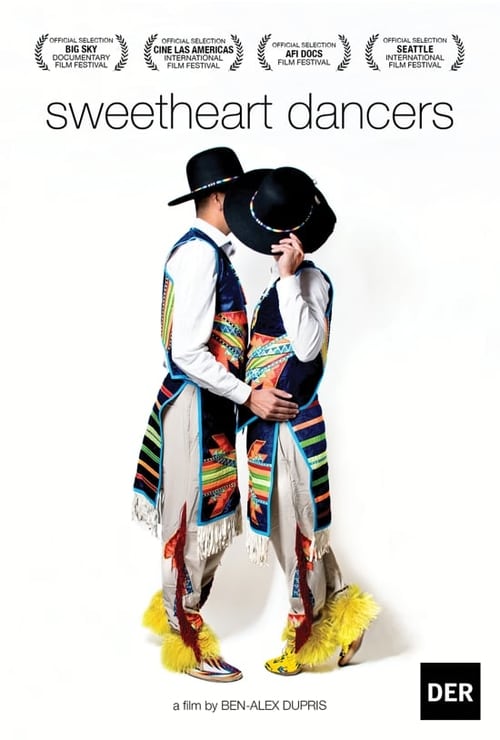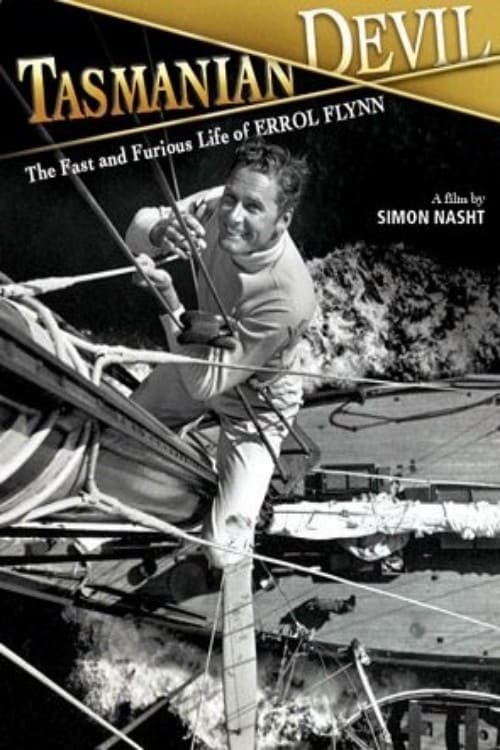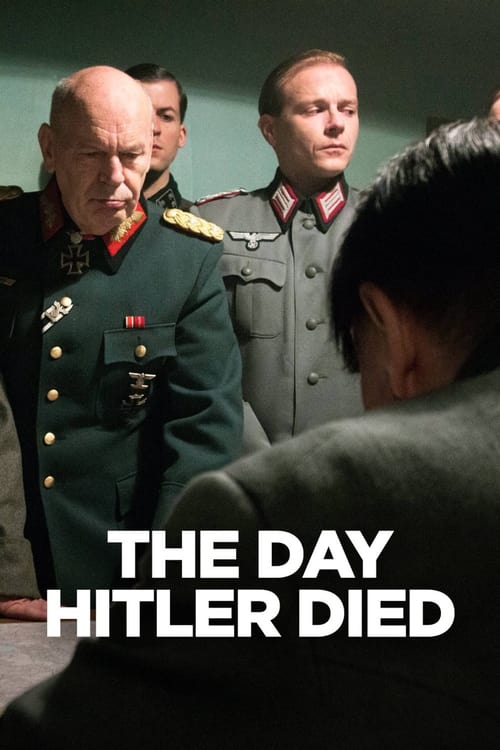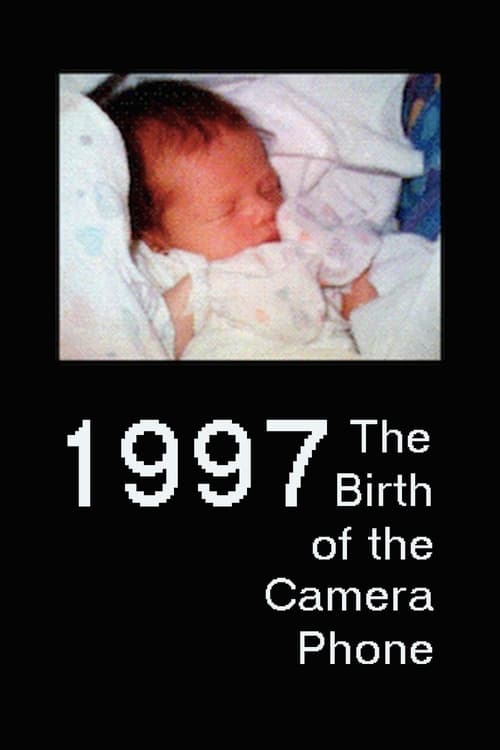maɬni—towards the ocean, towards the shore
An experimental look at the origin of the death myth of the Chinookan people in the Pacific Northwest, following two people as they navigate their own relationships to the spirit world and a place in between life and death.
Cast

Jordan Mercier
as Self

Sweetwater Sahme
as Self

Sky Hopinka
as Narrator (voice)

